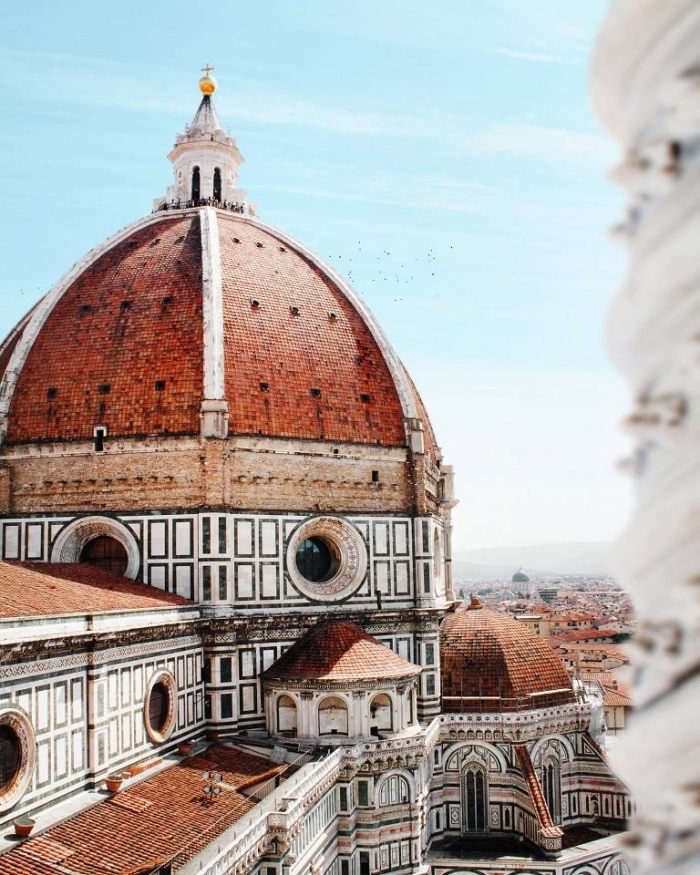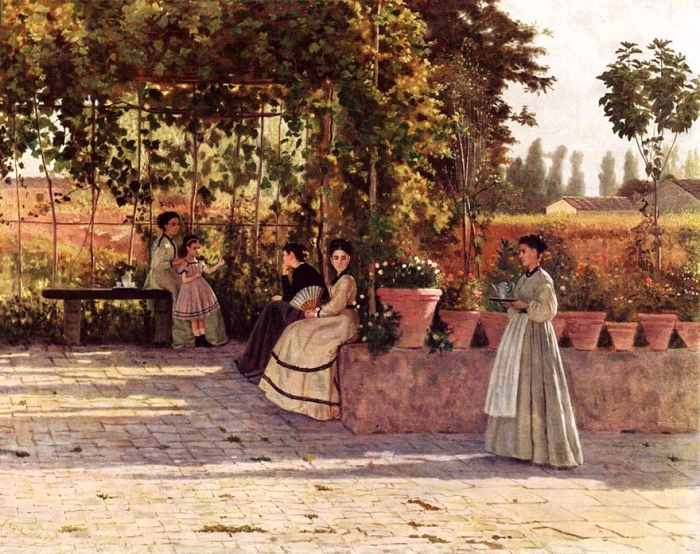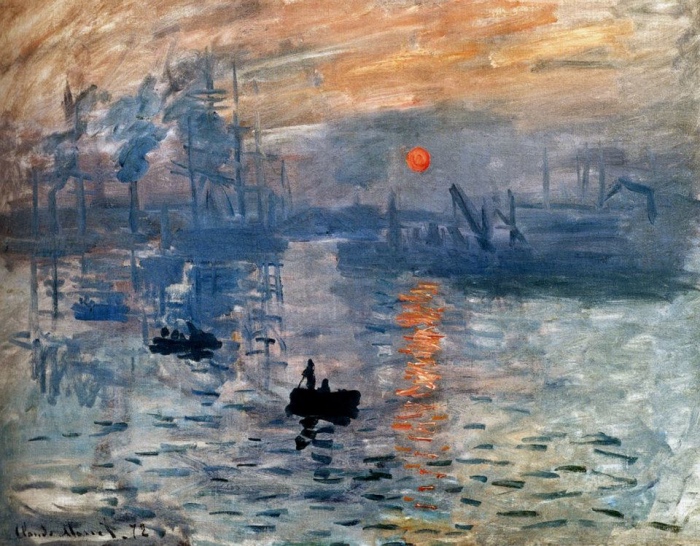
Cupola di Santa Maria del Fiore, Firenze – Image source: Gabriele Colzi via Facebook
THE RENAISSANCE
When people talk about masterpieces of Italian art, they often make reference to the Renaissance as a turning point and the point of reference for the majority of the Western artists.
The Renaissance began in the early 15th century and covered a period of time of two centuries, up to the end of the 16th century, just to make it clear.
The city symbol of the Renaissance is Florence, when in 1401 a competition to build the second door for the Baptistery of the city was announced. Lorenzo Ghiberti was awarded the commission, and in his work he summarized the new Renaissance principles bound revolutionize the destiny of Western art: perspective, proportions and anatomy.
READ ALSO: The Bagatti Valsecchi Museum, a house museum hosting art collections of the Renaissance collected by the Bagatti Valsecchi brothers at the end of the 19th century.





